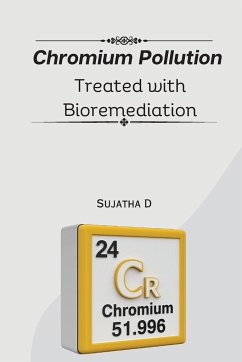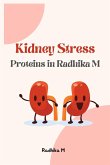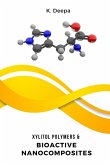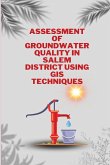Chromium is a heavy metal that is commonly used in various industrial processes, including tanning leather, electroplating, and manufacturing of steel. Unfortunately, these industrial activities can result in the discharge of large amounts of chromium into the environment, particularly water bodies. Chromium pollution is a significant environmental problem that can have serious consequences for human health, wildlife, and ecosystem functioning. One approach to addressing chromium pollution is bioremediation, which involves the use of microorganisms to degrade or transform pollutants into less harmful substances. Bioremediation is an attractive method because it is cost-effective, environmentally friendly, and has the potential to remediate contaminated sites to their pre-pollution state. The effectiveness of bioremediation is dependent on several factors, including the type of microorganisms used, the properties of the contaminated site, and the type and concentration of the pollutant. In the case of chromium pollution, bioremediation has been shown to be effective in reducing the levels of the metal in contaminated water bodies. Several studies have demonstrated that microorganisms, particularly bacteria, can transform chromium into its less toxic and less mobile forms. For example, some bacteria are capable of reducing hexavalent chromium (Cr(VI)), the more toxic form of the metal, to trivalent chromium (Cr(III)), a less toxic form that is insoluble in water and can be easily removed from the environment. One of the most promising approaches to bioremediating chromium pollution is the use of bacterial strains that have been specifically engineered to degrade or transform chromium. These engineered bacteria can be designed to target specific forms of chromium and are capable of surviving in harsh environmental conditions, making them ideal for use in contaminated sites. The use of genetically modified microorganisms for bioremediation is still in the experimental phase, and there are concerns regarding their safety and potential unintended consequences. However, with careful monitoring and regulation, they may prove to be an effective solution to chromium pollution. Another approach to bioremediation of chromium pollution is phytoremediation, which involves the use of plants to remove pollutants from the soil or water. Some plants, such as sunflowers and willows, have been shown to be effective in accumulating chromium from contaminated soils, although the process can be slow and requires long-term management. In conclusion, bioremediation is a promising approach to addressing chromium pollution, and it has been shown to be effective in reducing the levels of chromium in contaminated water bodies. The use of genetically modified microorganisms.







